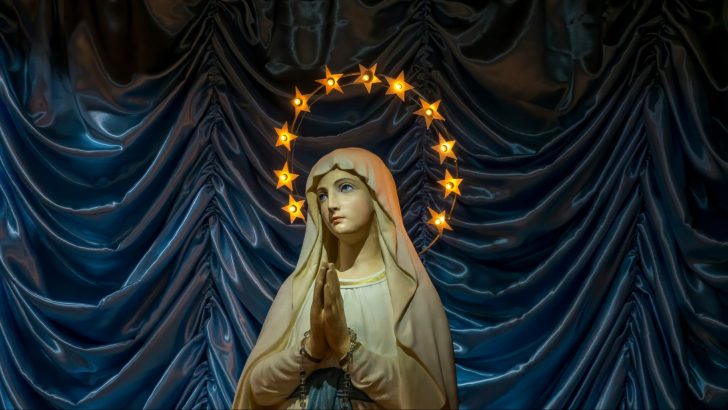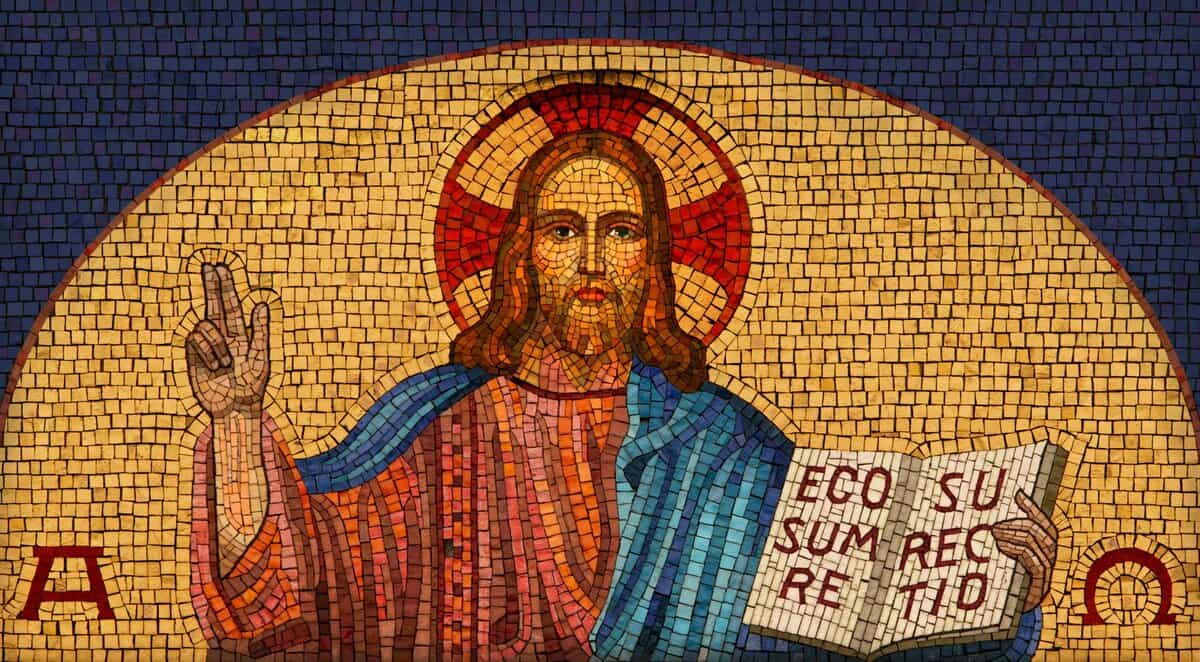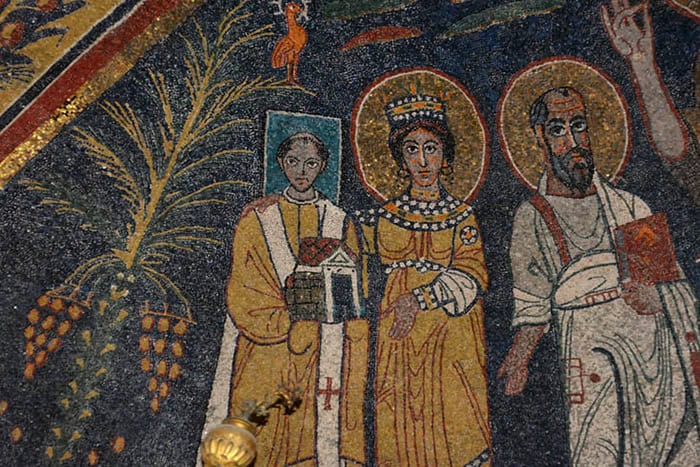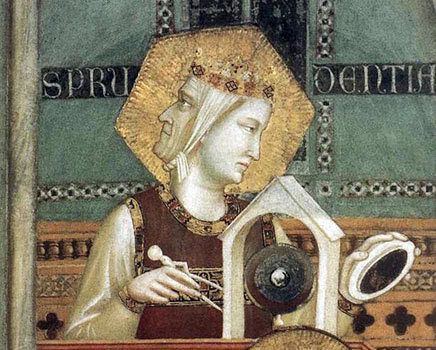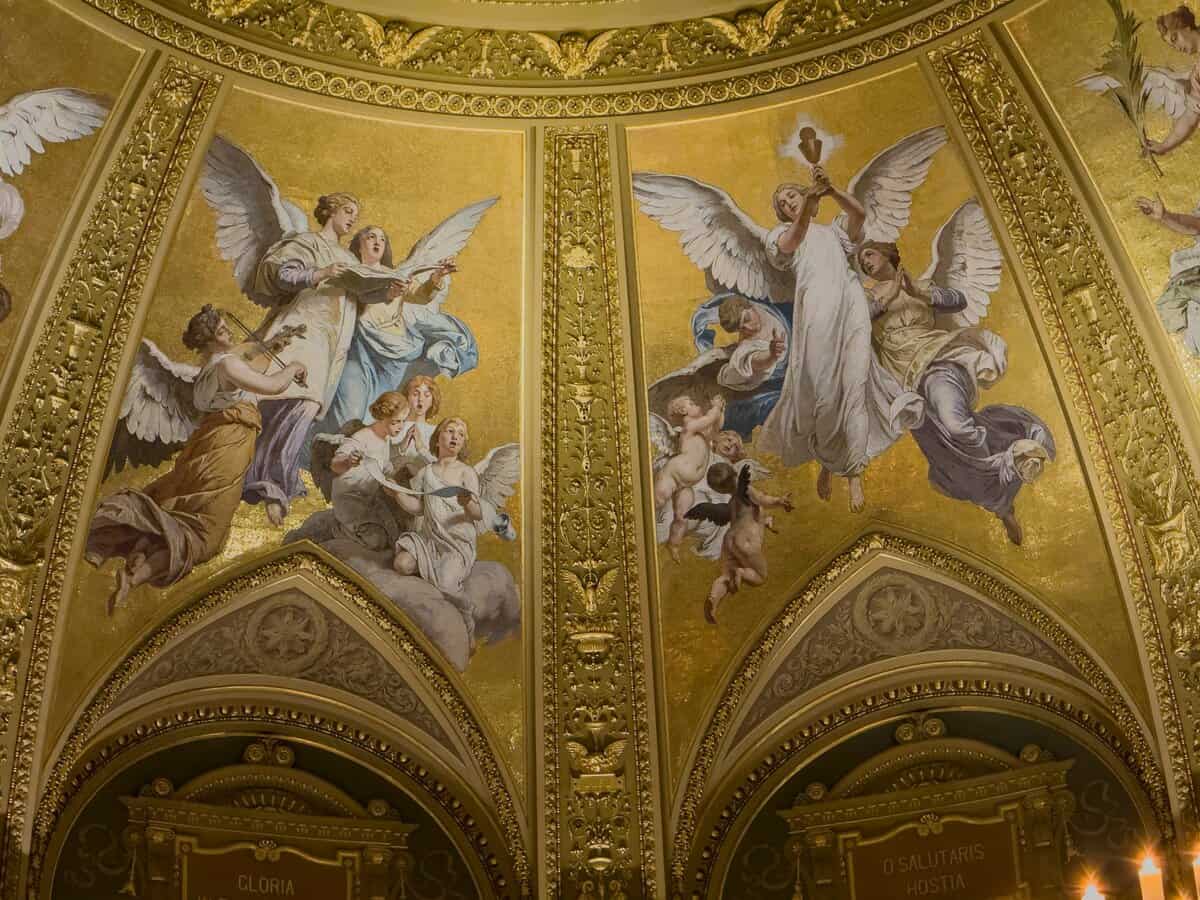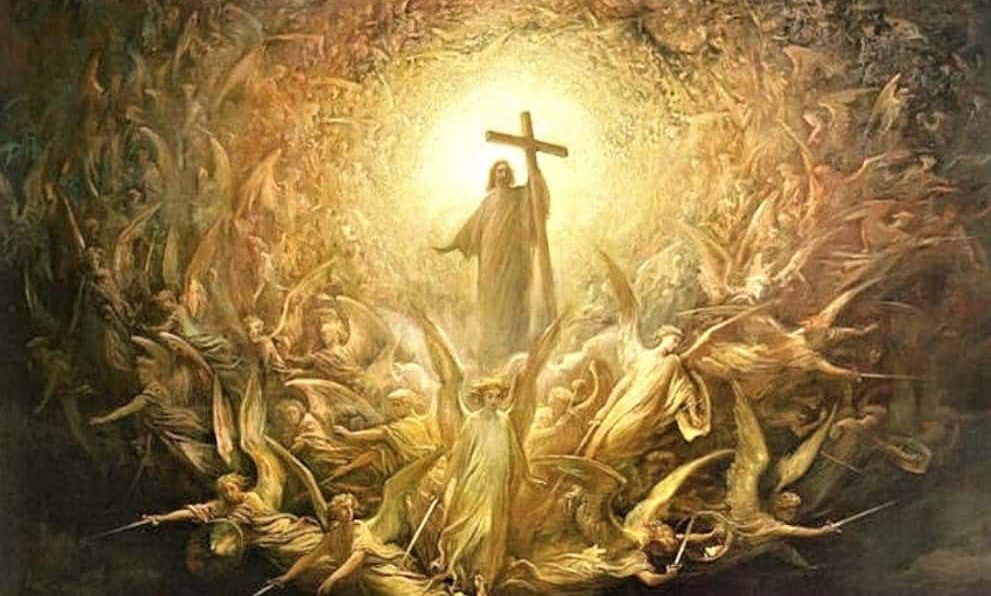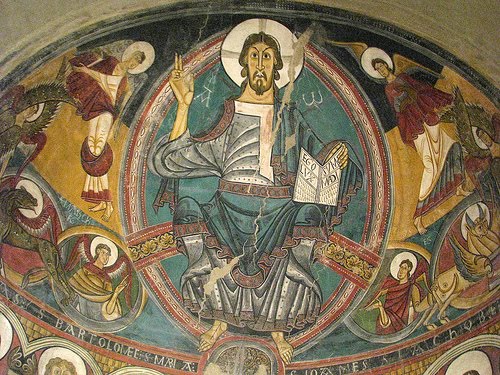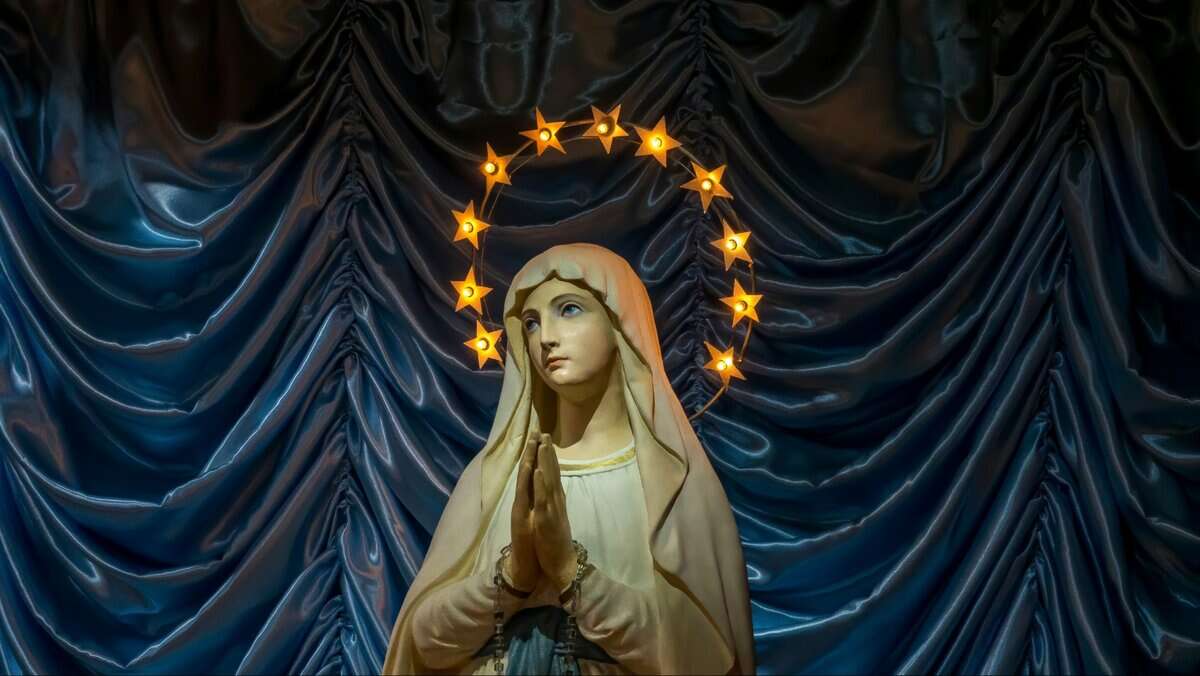To be honest, I never gave halos much thought. I knew what they represented in general, but I didn’t pay much attention to the various styles and shapes.
But turns out – they’re not just decorative. Each distinct style is packed with deep, spiritual messages and symbolism.
Artists have used them to tell stories about the figures’ identities and their spiritual states.
Next time you look at Christian art, remember that each one is saying something about the person depicted – their connection to the divine, their life, and their sainthood.
1. The Cruciform
The cruciform halo, shaped like the cross, is reserved only for Jesus Christ.
It’s special because it symbolizes His crucifixion, as well as His divine role in the Holy Trinity. It’s meant to be a visual reminder that He sacrificed Himself for humanity’s salvation.
The cross shape also signifies His authority and connection to the divine plan.
It shows that He’s the ultimate sacrifice and the Son of God.
This halo is a powerful symbol of love, pain, and divine purpose.
2. The Square
A square halo indicates that the person depicted was still 活着 when the artwork was created.
Usually, you’ll see it used for popes, donors, and important patrons.
这是一个 sign of recognition, even if they’re not quite literally saints.
This one needed to be starkly different from the usual round one because actual saints are named post-mortem.
We can look at it as a badge of honor, and a reminder that we should celebrate the living, too.
3. The Detached Halo
The detached halo is sad and unique. It’s used for Judas Iscariot, the betrayer, to visually show his separation from divine grace.
Instead of a glowing circle, Judas’ halo is often broken or floating away from his head.
It’s a visual cue that he’s lost his connection to God and is no longer one of Christ’s disciples.
This subtle but powerful symbol reminds us that 恩典 can, in fact, be 丢失的, and betrayal has serious spiritual consequences.
It’s a stark contrast to how saints and Jesus are portrayed, and it makes Judas stand out even more.
4. The Triangle
The triangle halo is a simple yet profound symbol representing the Holy Trinity – the Father, the Son, and the Holy Spirit.
When you see a figure with a glowing triangle over their head, it’s a visual representation of divine unity and perfection.
The triangle shape signifies stability and the mystery of the one God having three identities.
It’s a cue that the figure represented is strongly connected to the divine trinity, embodying spiritual harmony, wisdom, and divine truth.
5. The Full Circle
A full, glowing circle actually represents the back of the head.
It tells us that the figure is gazing toward God and away from us, the viewers.
It represents that they’re in a direct communion with the divine, devoted to prayer or divine contemplation.
This type of halo suggests a spiritual focus and an inward connection.
It’s the artist’s way to show that the figure isn’t concerned with worldly things, but is immersed in a sacred dialogue with God.
It also invites us to understand their spiritual journey.
6. The Hexagon
Hexagon halos are pretty rare and are given to allegorical figures representing virtues like faith, hope, or kindness.
This shape symbolizes balance and divine order.
When you see a hexagon in Christian art, it’s a sign that the figure embodies a particular virtue that’s central to spiritual life.
They’re meant to depict moral excellence.
Artists use them to remind us that virtues are divine qualities that help us connect with God in our everyday lives.
7. No Halo
During the Renaissance, artists started to avoid halos for Jesus Christ and saints, focusing instead on realism and making these figures more relatable to us.
It means that the figure is depicted as human, with flaws and emotions, not just as a divine icon.
This optimistic choice shows that 神圣 isn’t separate from everyday life but can be found within us all.
It invites us to see Christ and saints as approachable and real; people who struggled, loved, and lived.
It’s meant to say that divine grace can shine through our human experiences, making spirituality more accessible.
8. The Implied Halo
Sometimes, instead of a bright circle, the artist hints at divinity through a glow or a source of radiant light behind the figure.
This implied halo suggests that the figure is illuminated by divine presence without an explicit circle.
It’s a way to subtly show their sacred status.
This technique emphasizes the spiritual aura, inviting us to feel the divine presence rather than just seeing it.
It’s a beautiful way to express that holiness is an inner light.
9. The Mandorla
The mandorla, also known as the full body halo, surrounds Jesus Christ or the Virgin Mary in a glowing almond shape.
It’s meant to symbolize that these two divine figures transcend the confines of time and space.
The mandorla represents the union of heaven and earth, showing these figures as portals to the divine realm.
The symbolic is universal and goes beyond any one religion.
Personally, it makes me think back to all the other mythical heroes born from a relationship between a god and a woman, and I truly see why it’s so timeless.
10. The 12-Star Halo
The 12-star halo is unique to the Virgin Mary and is a direct reference to Revelation 12:1.
In it, she is described as clothed with the sun, with the moon under her feet, and crowned with 12 stars.
This halo signifies her heavenly status and her role as the Mother of God.
The 12 stars symbolize divine authority, purity, and he special place in God’s plan.
It’s a visual reminder of her spiritual beauty and her connection to cosmic power.
It’s deliberately unique, so it would make the viewer think of Mary’s divine motherhood and her unique place in the Bible.
A little Aquarius, devoted to writing and embroidery. Through my writing, I hope to empower readers to align with their true selves and navigate life’s mysteries with confidence.

